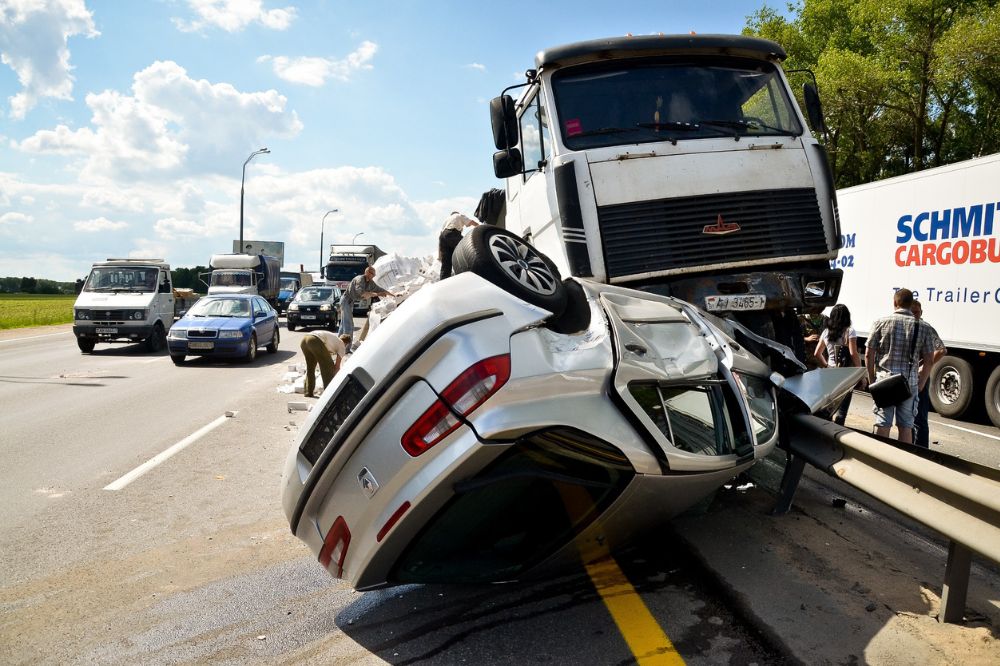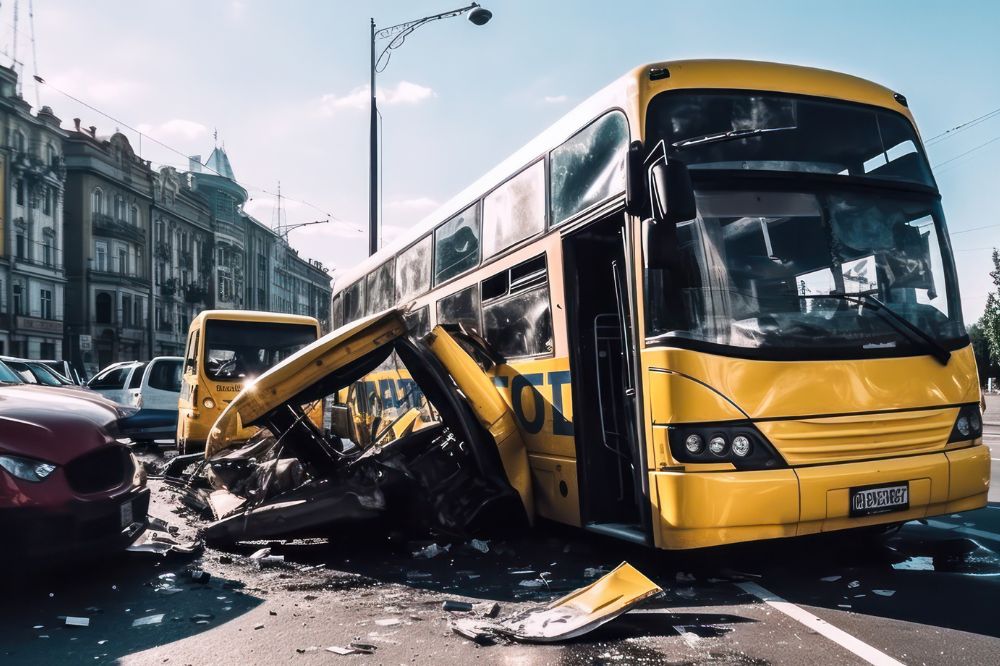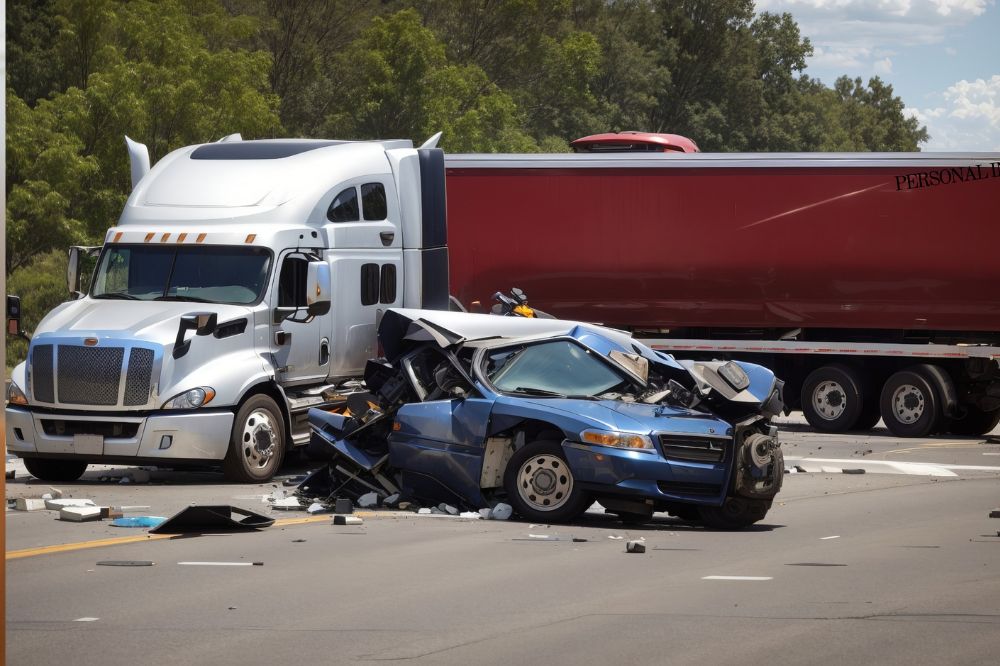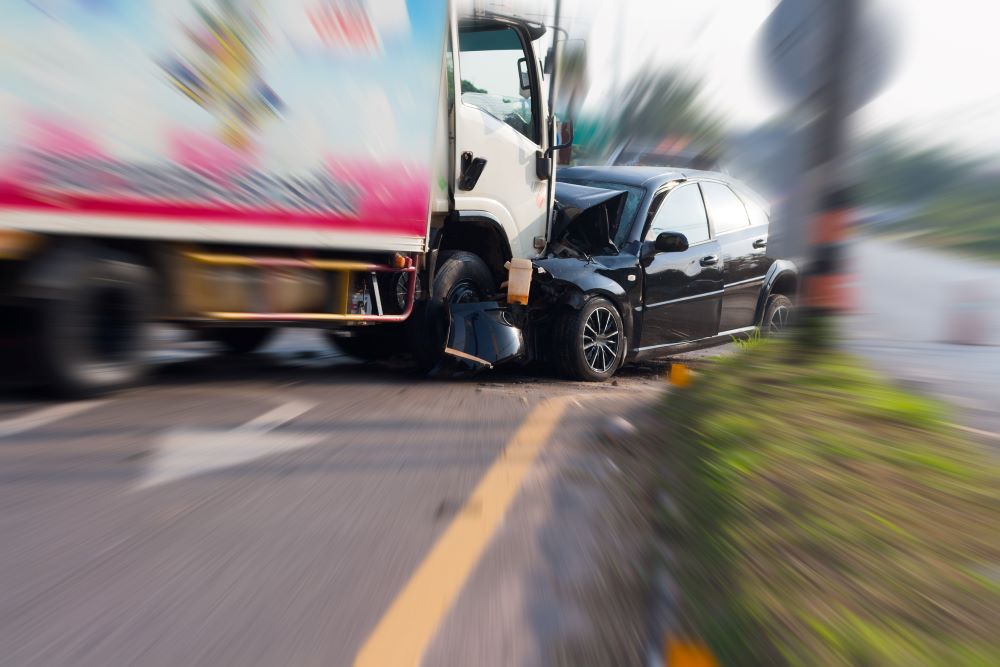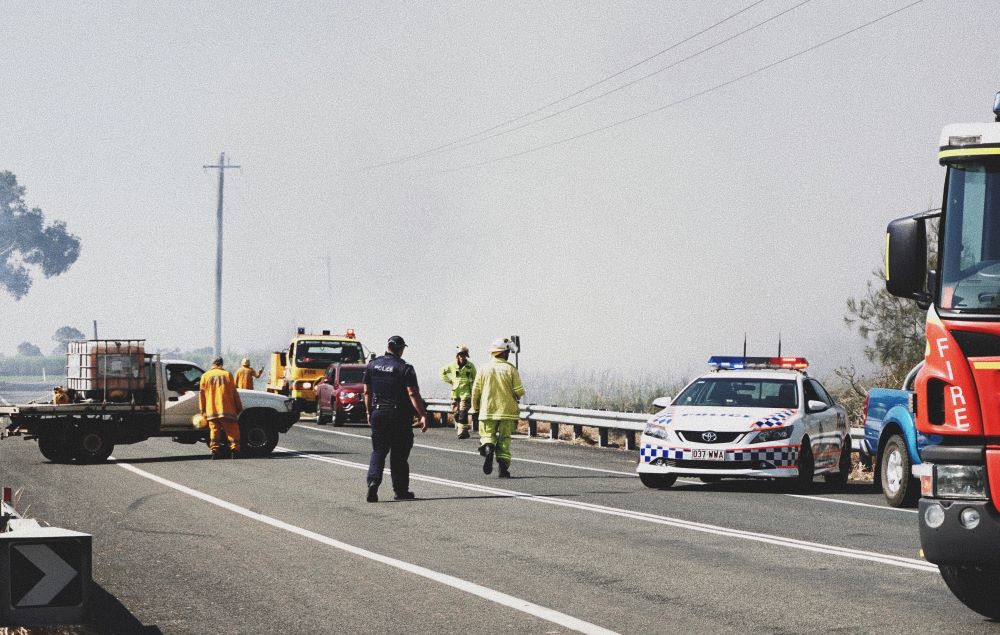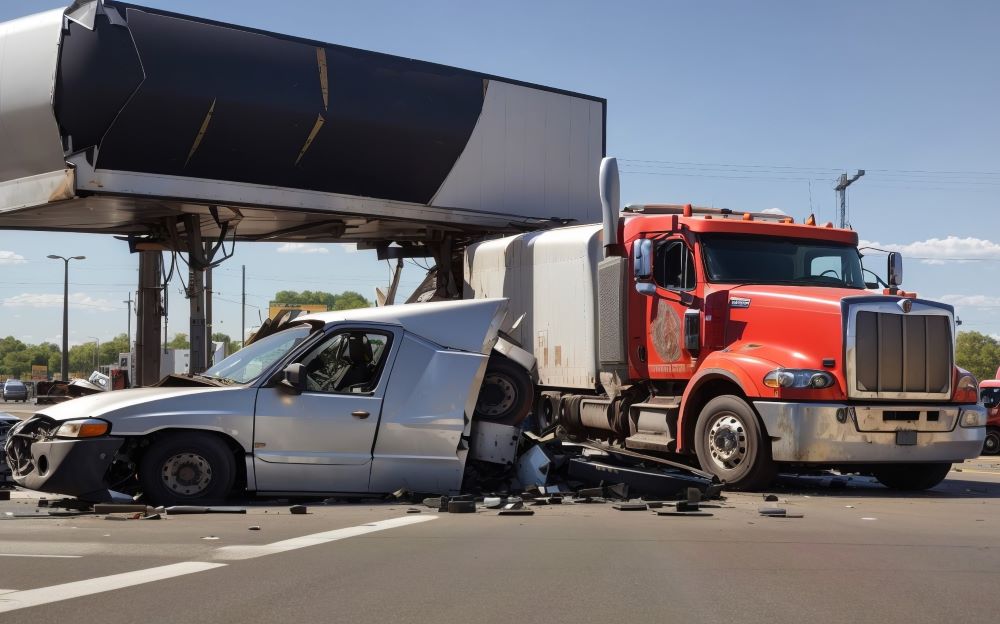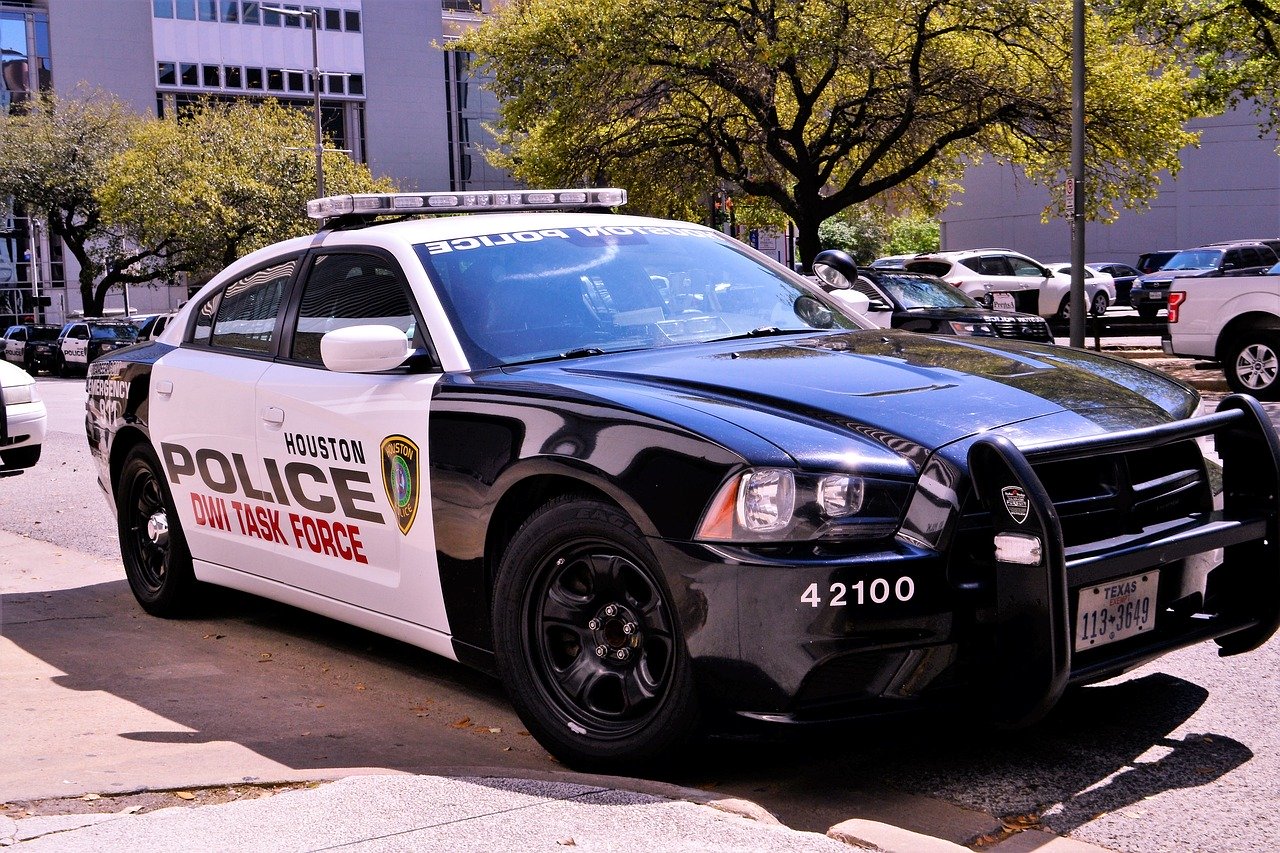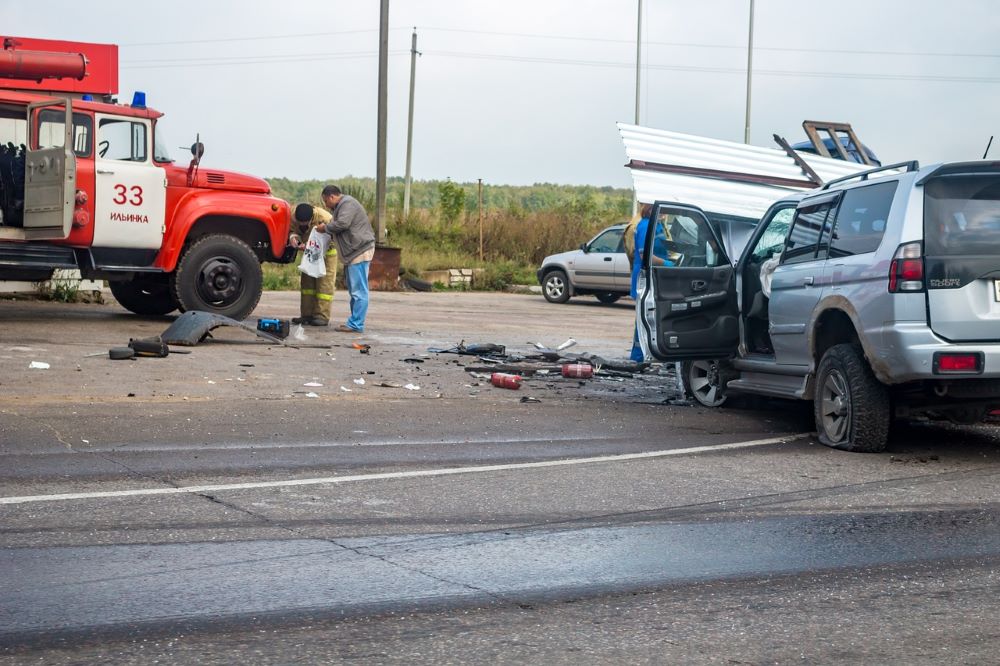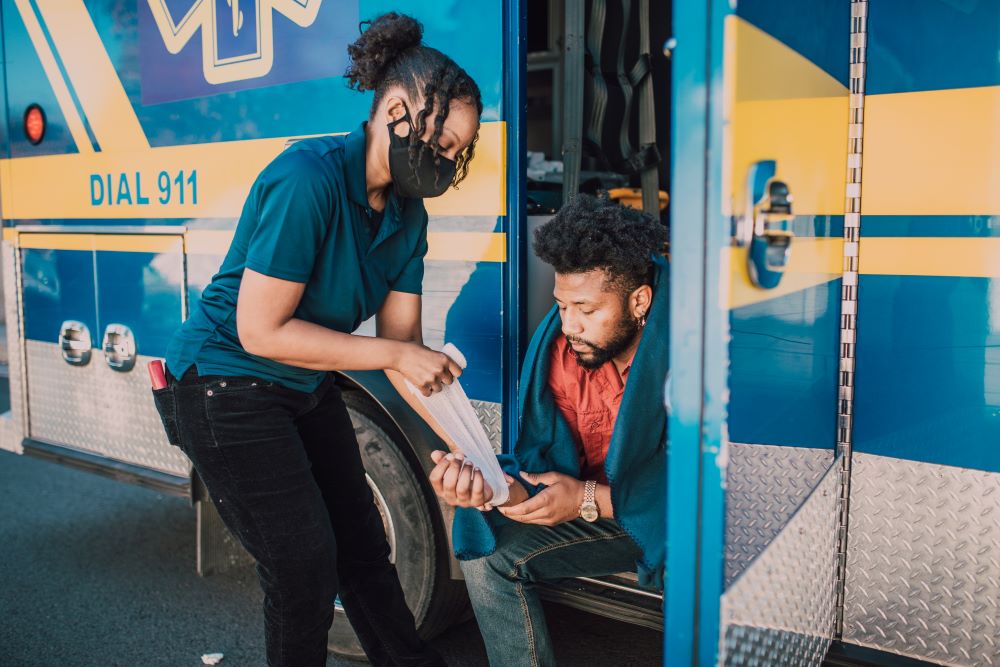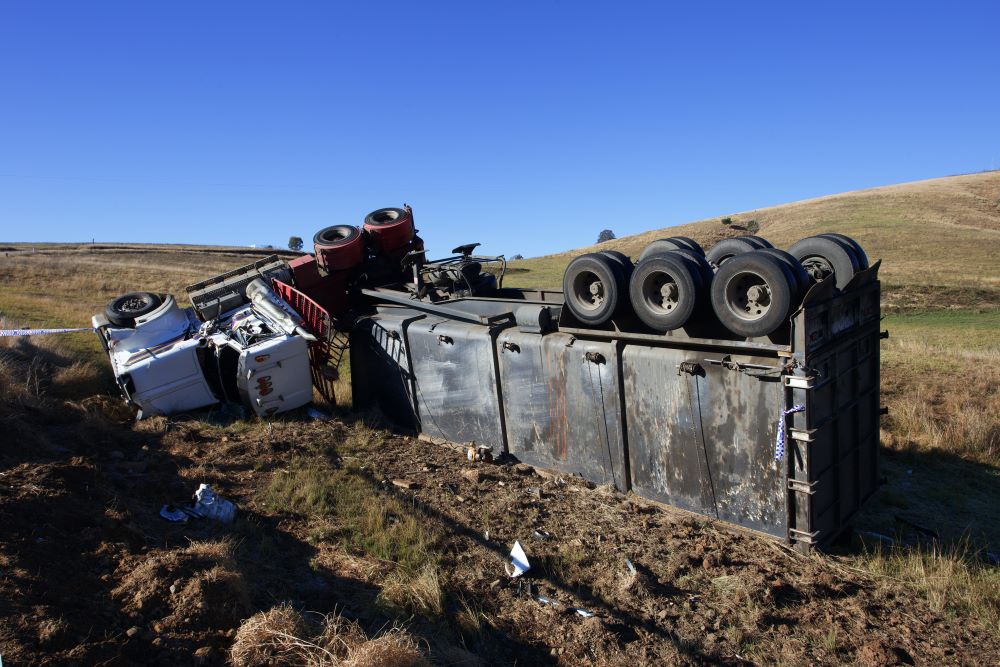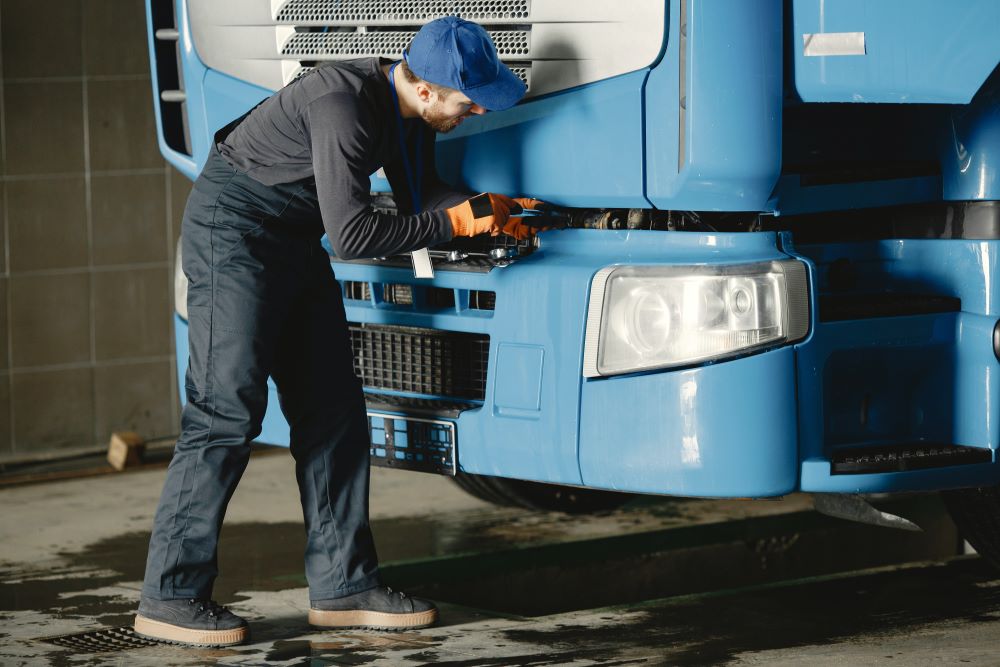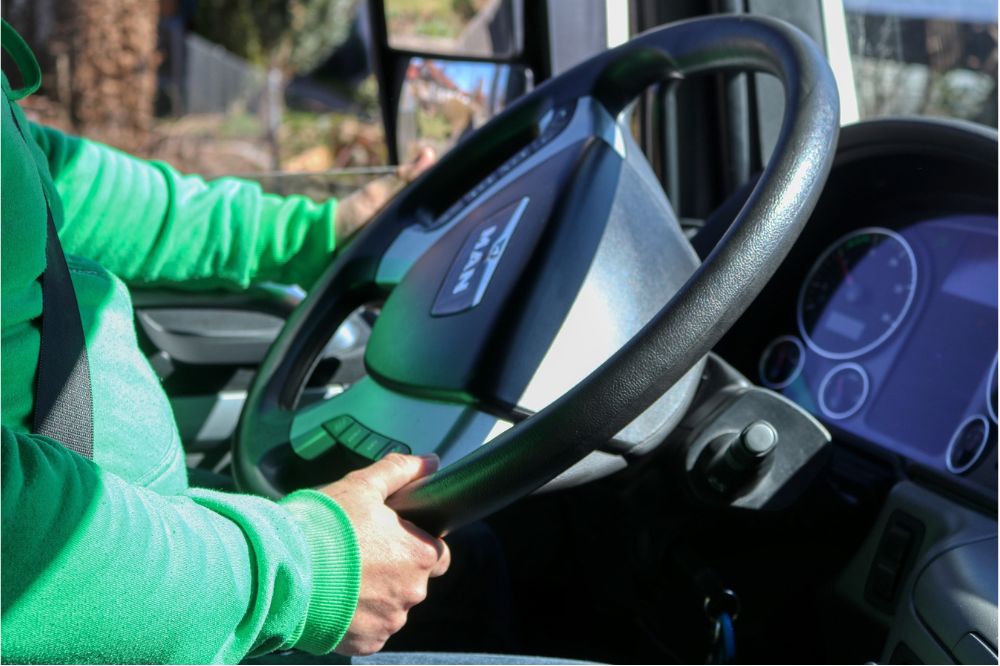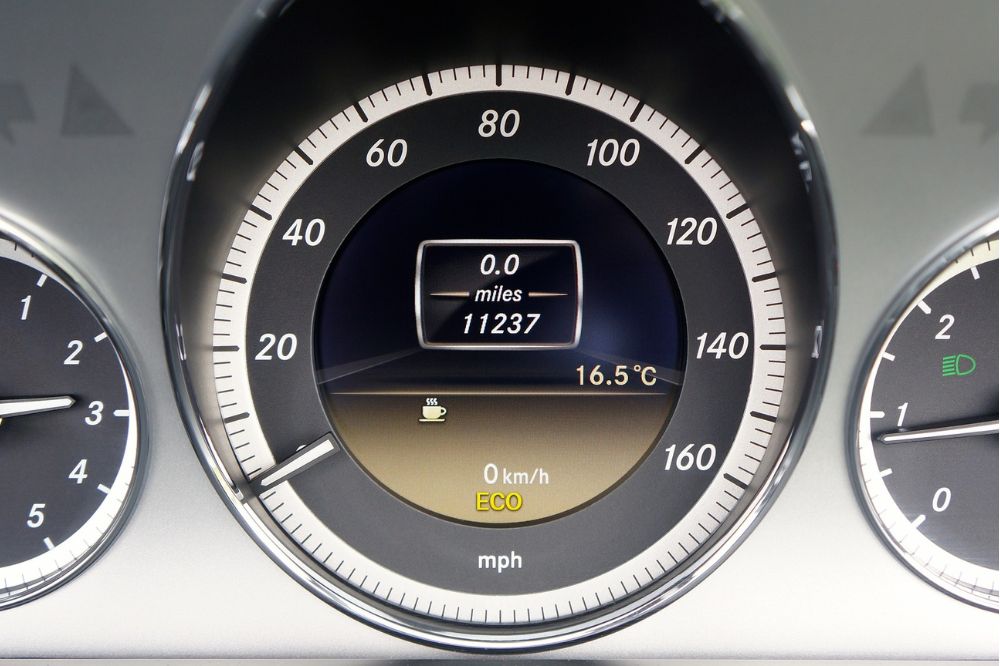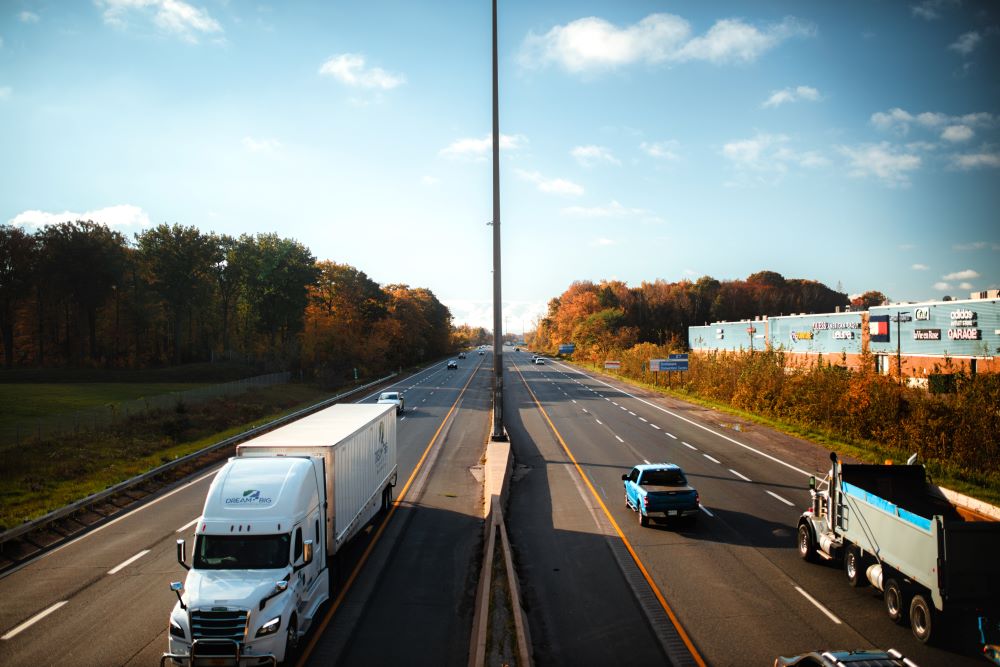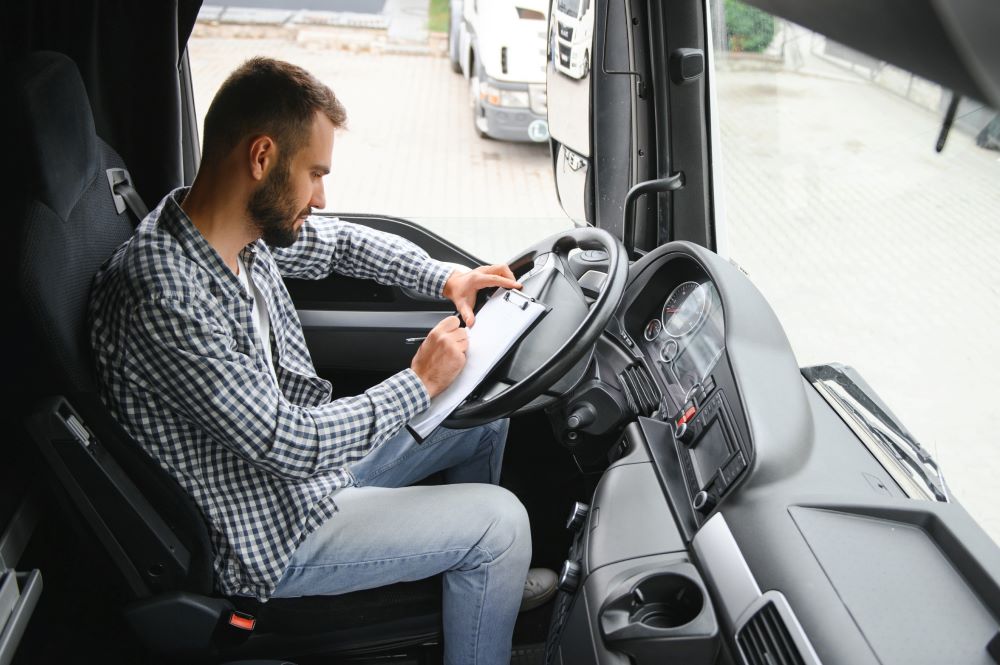
The Federal Motor Carrier Safety Administration (FMCSA) limits how long semi-truck drivers can drive in the U.S. to minimize the number of trucking accidents caused by exhausted truckers.
Understanding these limits is crucial if you’re looking to start your career as a truck driver. Violating these laws comes with penalties that might end your career before it kicks off.
Here’s everything you need to know about the FMCSA’s hours of service regulations to help you get started on the right foot.
What Are the Hours of Service Rules?
Hours of service regulations are guidelines FMCSA puts in place to ensure commercial truck drivers are not overworked. They outline how long a semi-truck driver can:
- Drive at a time without stopping to take a break
- Be on duty – this includes participating in non-driving work
- Be off duty before starting their next shift
- Work within a given period
Since truck drivers don’t follow conventional office work hours, the hours of service rules are based on the total number of hours worked instead of specific daytime hours.
8-Hour Rule
Truck drivers can drive for eight consecutive hours before taking a mandatory 30-minute break to rest and recharge. It’s critical to note that any non-driving period or interruption of at least 30 minutes straight satisfies this rule. A break includes having lunch, resting in the sleeper berth, or on duty but not behind the wheel.

11-Hour Rule
As a truck driver, you can only drive for 11 hours maximum within a 14-hour window. Once you reach 11 driving hours, you must spend a minimum of 10 consecutive hours off duty before you start another 11-hour shift.
Remember, you cannot drive for these 11 hours consecutively due to the 8-hour rule. You’d have to take a 30-minute break after traveling for 8 hours without a 30-minute-long interruption.
14-Hour Rule
The 14-hour rule specifies that truck drivers can only work a maximum of 14 hours per day or duty period. After 14 hours, the driver has to rest for ten consecutive hours, even if they haven’t exhausted their 11 hours of maximum driving time.
That means, if you want to maximize the 11 hours of driving time per shift, you’ll have to do it within 14 hours from the moment you start work. Starting your shift at 6 a.m. means you have until 8.00 p.m. (14 hours later) to end it.
Within this 14-hour window, you can only drive for 11 hours (following the 11-hour rule above). The remaining 3 hours are for performing other non-driving tasks like having meals, unloading the truck, fueling, handling repairs, etc.
60/70-Hour Limit
The 60/70-hour limit governs truck drivers’ weekly driving hours, calculated over a rolling schedule. Drivers can work up to 60 hours in seven consecutive days or 70 hours in eight days. Resetting requires 34 consecutive hours off duty.
It’s worth mentioning that all these regulations apply specifically to property-carrying truckers.
Passenger-carrying drivers, for instance, have a 10-hour driving limit and a 15-hour limit on their work day. Their resting period after every shift is less – 8 consecutive hours instead of 10.
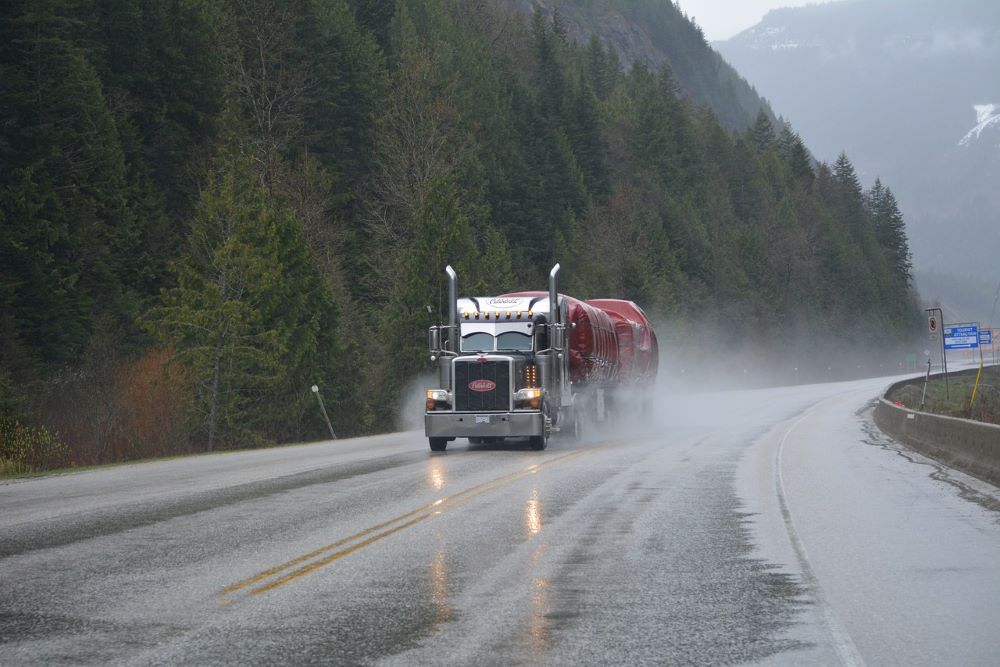
Exceptions to Hours of Service Regulations
It is important to note that there are some exceptions to the hours of service regulations.
Sleeper Berth Provision
This provision lets you split the ten consecutive hours of rest you need after every 14-hour on-duty period into two periods, as long as:
One off-duty period lasts at least 2 hours
The other involves spending a minimum of 7 consecutive hours in your sleeper berth
All sleeper berth pairings should add up to the required 10-hour off-duty period for property-carrying truckers and 8 hours for passenger-carrying drivers.
Adverse Driving Conditions
FMCSA allows you to extend your daily driving time by 2 hours if you experience adverse driving conditions. But, you must still follow the 14-hour and 30-minute break HOS regulations.
These include any challenging road conditions you were unaware of before you started your journey. They may have led to slower driving, causing unexpected delays. Some examples of such conditions are bad weather, road construction, and heavy traffic due to an accident.
Short-Haul Exception
Under this exception, qualifying drivers can extend the 14-hour workday limit by 2 hours to 16 hours.
You are eligible for this exception if you only drive within a short 150-air mile radius from your typical workplace and often return to this place after every shift. Most times, such drivers are exempt from keeping their daily logs.
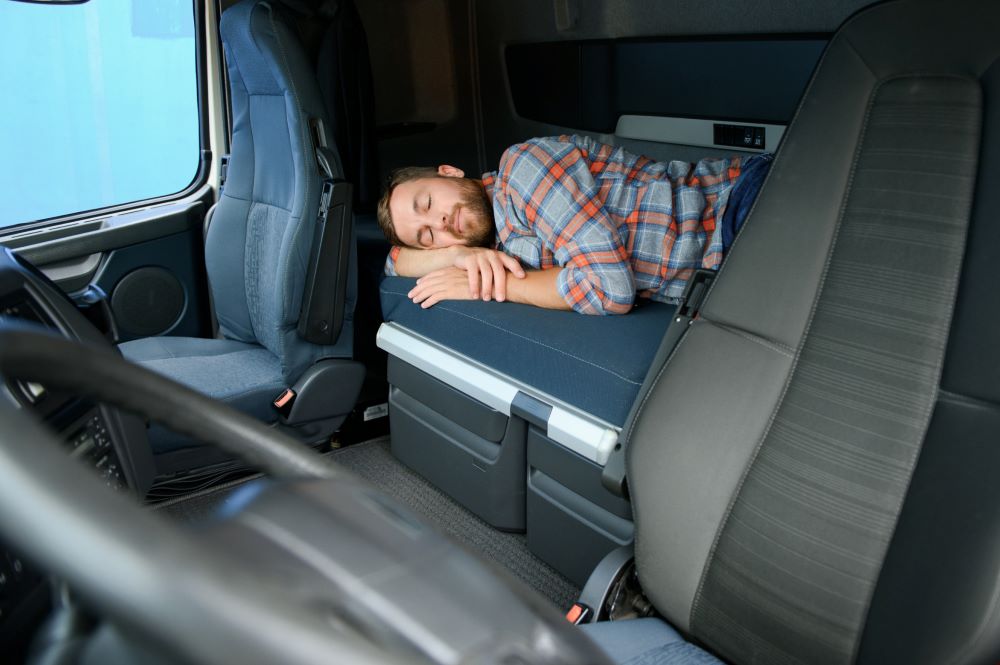
What Are Daily Driver’s Logs?
Drivers’ logs are records about how semi-truck drivers spend their hours on the road. Truckers manually fill in how they spend their non-driving time, whereas electronic logs automatically capture their driving time. Doing this ensures all drivers comply with the required hours of service regulations.
A typical daily truck driver’s log contains four categories of info:
- Driving information—time spent operating the truck behind the wheel
- On duty (not driving)—time spent conducting non-driving duties, like loading and unloading the truck, carrying out inspections, etc.
- Sleeper berth—hours spent resting inside the sleeper berth
- Off duty—time spent away from all kinds of trucking work
Who Must Comply With These Regulations?
All drivers who drive commercial motor vehicles across state lines must comply with the HOS regulations set by FMCSA. A commercial motor vehicle refers to any truck or trailer that:
- Weighs 10,001 pounds and above
- Has a gross combined weight rating (GCWR) and gross vehicle weight rating (GVWR) of 10,001 pounds or more
- Transports hazardous material in large quantities, requiring placards
Penalties for Breaking HOS Rules
A few penalties that kick in if you break the HOS rules include:
- Being placed out-of-service until you get enough off-duty time to stay in compliance
- FMCSA imposes a fine of $1,000 to $11,000, depending on how severe the violation was
- State and local law enforcement agencies can also charge additional hefty fines
- The safety ratings of trucking companies decrease after repeated violations
- You, the trucking company you work for, or both may face criminal charges
Final Thoughts
Following the hours of service rules is critical for your safety and the safety of other road users. It also ensures you have a successful truck driving career on the right side of the law.
We’ve provided a general overview of legal driving hours for truckers, but state regulations may vary slightly. Always verify the specific requirements in your state to ensure compliance.
If you’re looking to launch your trucking career, check out our resources on the different jobs commercial truck drivers do and what to expect from the position to prepare yourself adequately.
We also offer various commercial vehicle loans and can help you purchase your first truck with ease if you want to start as an independent trucker. Reach out to us to learn more about this.

